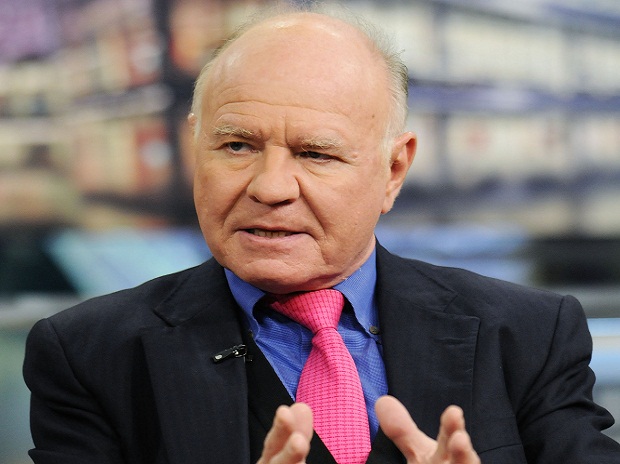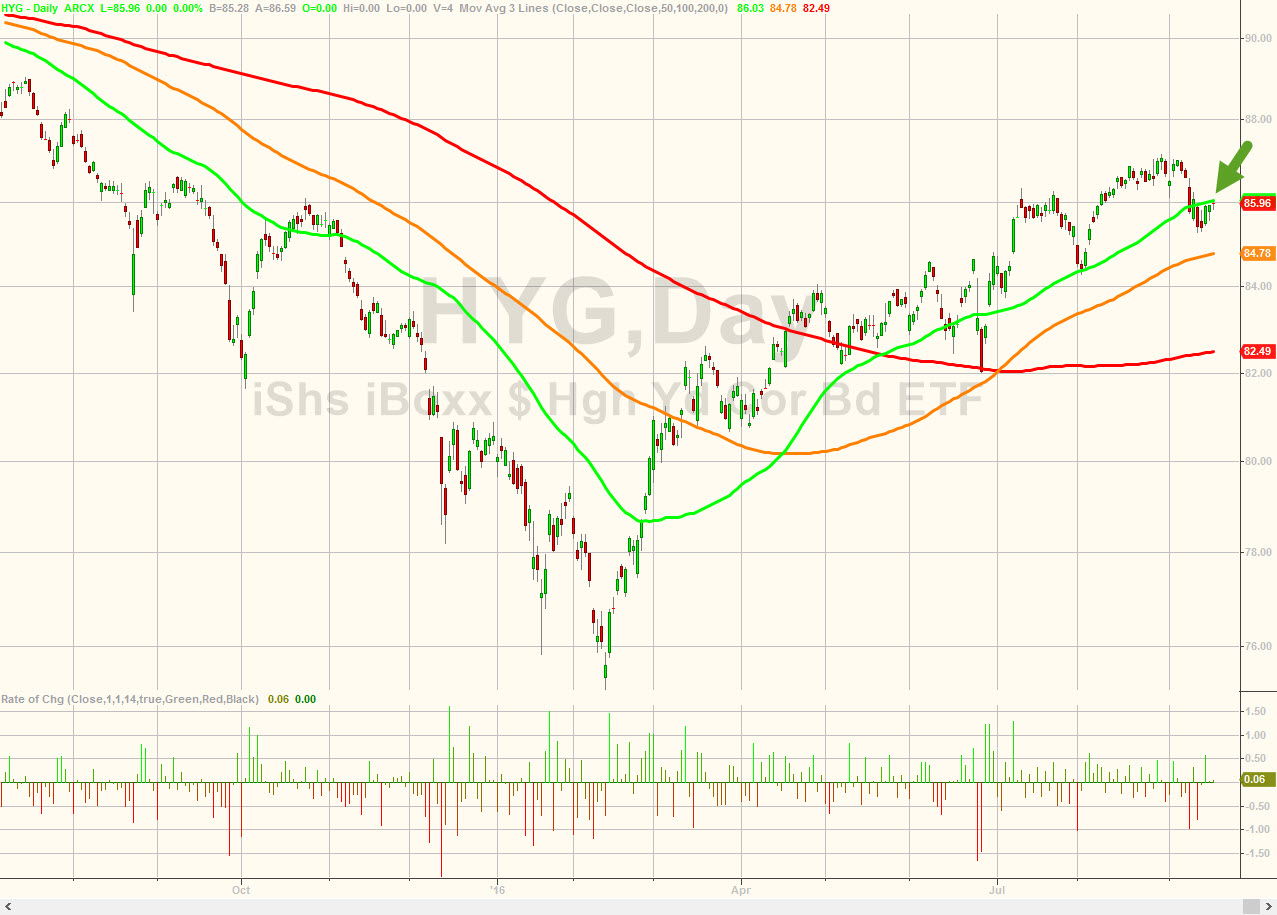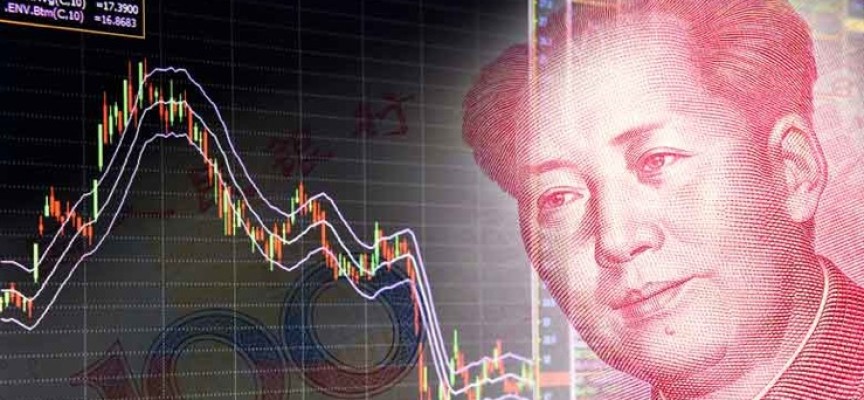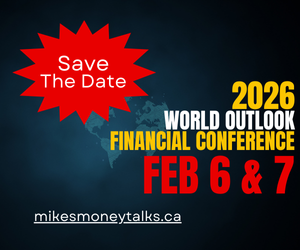Wealth Building Strategies
 How long do you see the global central banks continue with their easy money policies?
How long do you see the global central banks continue with their easy money policies?
Marc Faber : Major central banks started with their easy money policies long ago. The first indication of money printing was essentially in 1998 with a bailout via the long-term capital management (LTCM). At that time, I don’t think anything would have happened to the system. The central banks printed money massively and deliberately created the NASDAQ bubble. When this bubble burst, they deliberately created the housing bubble that was built on excessive credit growth. And when this bubble burst in 2007 – 08, they started in a co-ordinated fashion to print money by purchasing assets around the world.
The asset purchases by these major global central banks – the US Federal Reserve (US Fed), Bank of Japan (BoJ), European Central Bank (ECB) and the Bank of England (BoE) – have been increasing overtime, though the US Fed has stopped now.
My view is that the asset purchases by BoJ and the ECB will not stop. The balance sheet of the major central banks increased 16 times between 1998 and 2015. So why can’t it go up another 20 or 100 times? Money printing is an unlimited action, until the system breaks down.
By when do you see this system breaking down then? Will this bubble created by central bank liquidity across asset classes burst anytime soon?
Marc Faber : The bubble can last a long time, one just needs to increase the size of money printing continuously. As a result, asset prices – stocks and real estate – go up phenomenally. So in essence, we have a bull market across asset classes. However, the value of paper money depreciates, as it has done for the last 30 years. Whatever the central banks do now, asset prices will depreciate against precious metals – gold, silver and platinum.
…related:
Marc Faber: Dow Could Reach 100,000

After one the biggest rallies in the last seven years off the Feb lows, high-yield bond investors are rushing into bearish (hedge) positions  ahead of this week’s Fed/BoJ spectacle. Put volume (protecting downside) in the last few days has soared to levels only seen around Brexit and last December’s Fed rate-hike as Bloomberg notes, investors have already become skittish on signs that global central banks may turn off the spigot.
ahead of this week’s Fed/BoJ spectacle. Put volume (protecting downside) in the last few days has soared to levels only seen around Brexit and last December’s Fed rate-hike as Bloomberg notes, investors have already become skittish on signs that global central banks may turn off the spigot.
HYG has seen a yuuge surge off the Feb lows…
….related:

 Ahead of this week’s Fed decision, China is now dumping unprecedented amounts of U.S. Treasuries.
Ahead of this week’s Fed decision, China is now dumping unprecedented amounts of U.S. Treasuries.
For a 4th straight month foreigners were net sellers of US notes and bonds. They sold a net $13.1b in July which brings the year to date level of selling to $156b which compares to net selling of $20b in 2015, net buying of $165b in 2014, $41b in 2013 and $400b in both 2011 and 2012. This level of selling is unprecedented going back to when data collection started on this in 1977…continue reading HERE
…also, the European situation:


Boston Fed President Eric Rosengren recently rattled markets when he warned that low-interest rates were increasing the temperature of the U.S. economy, which now runs the risk of overheating. That sunny opinion was echoed by several other Federal Reserve officials who are trying to portray an economy that is on a solid footing. And thus, prepare investors and consumers for an imminent rise in rates. But perhaps someone should check the temperatures of those at the Federal Reserve, the idea that this tepid economy is starting to sizzle could not be further from the truth.
In fact, recent data demonstrates that U.S. economic growth for the past three quarters has trickled in at a rate of just 0.9%, 0.8%, and 1.1% respectively. In addition, tax revenue is down year on year, S&P 500 earnings fell 6 quarters in a row and productivity has dropped for the last 3 quarters. And even though growth for the second half of 2016 is anticipated with the typical foolish optimism, recent data displays an economy that isn’t doing anything other than stumbling towards recession.
The Institute for Supply Management Purchasing Manager’s index for the manufacturing sector during August fell into contraction at 49.4, while the service sector fell to 51.4 compared to 55.5 in July, which was the lowest reading since February 2010 and the biggest monthly drop in eight years. And the recent jobs report was also full of disappointment too, with just 151,000 jobs created in August and a decline in the average work week and aggregate hours worked.
But our Federal Reserve is not the only central bank making statements troubling to stock and bond prices. The President of the European Central Bank (ECB), Mario Draghi, threw all the major averages into a tailspin at a recent press conference by failing to indulge markets with a grander scheme to destroy the euro. When asked if the ECB had talked about extending Quantitative Easing (QE) at its meeting, Draghi had the gall to make the egregiously hawkish announcement that they “did not discuss” anything in that regard. This mere absence of a discussion regarding extending or expanding QE caused the Dow to shed nearly 400 points on Friday and spiked the U.S. Ten-year from 1.52% to 1.68%. Indeed, stock and bond prices plunged across the globe.
It appears that nothing is ever enough to satisfy global stock and bond markets that are completely addicted to central bank stimulus. Mr. Draghi has managed to drive rates so low that they are now in effect paying European companies to borrow–yet markets want even more.
That’s correct, it’s no longer just sovereign debt that offers a negative yield. According to Bloomberg, French drug maker Sanofi just became the first nonfinancial private firm to issue debt at yields less than zero. Also, shorter-term notes of some junk-rated companies, including Peugeot and Heidelberg Cement, are yielding about zero percent.
Christopher Whittall of The Wall Street Journal reports that as of September 5th, €706 billion worth of investment-grade European corporate debt was trading at negative yields. This figure represents over 30% of the entire market, according to the trading platform Tradeweb. You can attribute this to the fact that global central bank balance sheets have increased to $21 trillion from $6 trillion in 2007, as central banks continue to flood the markets with $200 billion worth of QE every month.
The bond bubble has now reached epic proportions and its membrane has been stretched so thin that it has finally started to burst. As mentioned, not only did U.S. yields spike on the Draghi disappointment but the Japanese Ten-year leaped close to positive territory from the all-time low of -0.3% in late July. And the German Ten-year actually bounced back into positive territory for the first time since July 22nd.
What did Mario Draghi say that was so unsettling to the Global bond market and caused speculators that have been front-running the central bank’s bid for the last eight years to panic? He didn’t avow to sell assets; he didn’t even promise to reduce the 80 billion euros worth of bond buying each month. All he did was fail to offer a guarantee that the pace of the current bond buying scheme would be increased or extended beyond March 2017. That alone was enough to cause yields around the globe to spike and stock markets to plunge.
This is merely the prelude of what is to come once the ECB and Bank of Japan reverse their monetary stimuli; or when the Fed actually begins its rate normalization campaign. Just for the record, the Fed’s first hike in ten years, which occurred last December, does not count as a tightening cycle.
The bond bubble has grown so immense that if, or when, central banks ever begin to reverse monetary policy it will cause yields to spike across the globe. But as recent trading volatility has proved, it won’t just be bond prices that collapse; it will be every asset that is priced off that so called “risk free rate of return” offered by sovereign debt. The painful lesson will then be learned that negative yielding sovereign debt wasn’t at all risk free. All of the asset prices negative interest rates have so massively distorted including; corporate debt, municipal bonds, REITs, CLOs, equities, commodities, luxury cars, art, all fixed income assets and their proxies, and everything in between will fall concurrently along with the global economy.
Perhaps after this next economic collapse central banks will deploy even more creative ways to increase their hegemony and destroy wealth; such as banning physical currency and spreading electronic helicopter money around the world. In the interim, having a portfolio that hedges against extreme cycles of both inflation and deflation is essential for preserving your wealth.
related:

 OUZILLY, France – “In the short run,” says billionaire investor Warren Buffett, “the stock market is a voting machine. In the long run, it’s a weighing machine.”
OUZILLY, France – “In the short run,” says billionaire investor Warren Buffett, “the stock market is a voting machine. In the long run, it’s a weighing machine.”
Put another way, in the short run, the stock market responds to myths and fads. In the long run, these give way to facts.
Outsized Delusions
Remember, myths are not necessarily untrue.
But whatever truth they have seeps from human imagination, not from facts imposed by the outside world.
Gravity, for example, is a fact. You jump out of a second story window; it doesn’t matter how hard you flap your arms or what you think, gravity will pull you down toward the sidewalk.
Corporate profits, too – though they can be manipulated and massaged – are facts. Mythical profits don’t pay real bills.
But there are other “facts,” too… those that owe their existence entirely to our mythmaking ability.
They may begin life as plausible observations. But then they have a way of growing… expanding… mutating into outsized delusions – ones that may cost a nation its money and its soul.
Were the pharaohs divine?
Apparently, the ancient Egyptians thought so. For 3,000 years, they were so devoted to this myth that they applied almost the entire economic surplus of the Nile Delta to building monuments in their honor.
We know of no physical tests for divinity. You might say, “Someone who is divine can’t be killed.”
On occasion, they put a Thutmose or a Neferkare to the blade; they died like everyone else.
“Gods don’t die,” said the doubters. But Jesus did. And Christian scholars spent centuries arguing about how and why that was possible.
In the end, a divinity can do what he wants. He can appear dead… or seem to be mortal in other ways. There is just no way of knowing.
For all we know, the pharaohs were divine. Certainly, it was convenient to believe it – at least for them and the elite surrounding them.
Master-Race Myth
Adolf Hitler (among others) promulgated the myth of a master race.
At first, people took him for a crank. The intelligentsia made fun of him. The “Austrian corporal,” they called him. Or the “little housepainter.”
Even when Hitler became chancellor in 1933, the thinking in polite society was that he could be “tamed” by dutiful functionaries and the weighty responsibilities of his office.
Instead, the myth of the Übermensch (an idea Hitler borrowed, completely out of context, from Nietzsche) took hold of large numbers of Germans.
Again, there was no way to prove it wasn’t so.
And as time went by, more and more people found it agreeable; it gave them a way to feel superior… and perhaps buy a house down the street that used to be owned by Jews, at a bargain price.
Besides, the Austrian corporal was making German industry the envy of the world… with factories booming and full employment. (This, too, was a myth: Hitler had created a bubble economy based on dead-end military spending.)
But as more and more people found it convenient to believe the myth, the more self-evident it became. Soon, they were marching to Stalingrad.
Myths stretch or shrink depending on what you think of them.
According to a new report from Brown University, next year the total sum committed to the War on Terror will rise to $4.7 trillion.
That’s an amount equal to nearly one-quarter of annual U.S. GDP, transferred from the public to the terror-fighting industry.
The War on Terror is the longest war in U.S. history. And for the security industry, it’s the most profitable war ever. Of course it is real!
(When President George W. Bush first announced the War on Terror, we guessed it would do no good… and that it would cost “more than a trillion dollars.” We were off by $4 trillion!)
Bomb, Drone, Kill
There is a word for this phenomenon. We can’t remember what it is. “Self-fulfilling” will have to do.
The more you focus on it… the more real it becomes. Give out the word that terrorists are lurking around every corner. Bomb them, drone them, kill them. (Some estimates put the number of dead at more than 1 million.)
See something, say something! The more enemies you make… the more enemies you have. Then there is no need to look for evil; it will find you!
“Another suspicious package found…” says a Bloomberg headline this morning.
Sticking with round numbers, the War on Terror has cost about $350 billion a year over the last 15 years. Like the pyramids, the project absorbs much of the nation’s surplus output.
But wait. Where did the feds get so much money? Were taxes raised to cover it? Was spending cut in other areas?
Nope.
How was it financed?
With debt, borrowed at the lowest interest rates since Ramses and Amenhotep.
At current yields and current inflation, the U.S. federal government can borrow at almost no cost. It is free money.
But that, too, is a myth…
Regards,
Bill
Market Insight
Attention, tech investors…
Today’s chart tracks the performance of America’s big tech stocks by way of the Technology Select Sector ETF (XLK).
And it compares it to the performance of the big S&P 500-tracking ETF, the SPDR S&P 500 ETF Trust (SPY).
 |
As you can see, starting in July, tech stocks have exploded higher, relative to the broader market.
BY CHRIS LOWE, EDITOR AT LARGE, BONNER & PARTNERS












